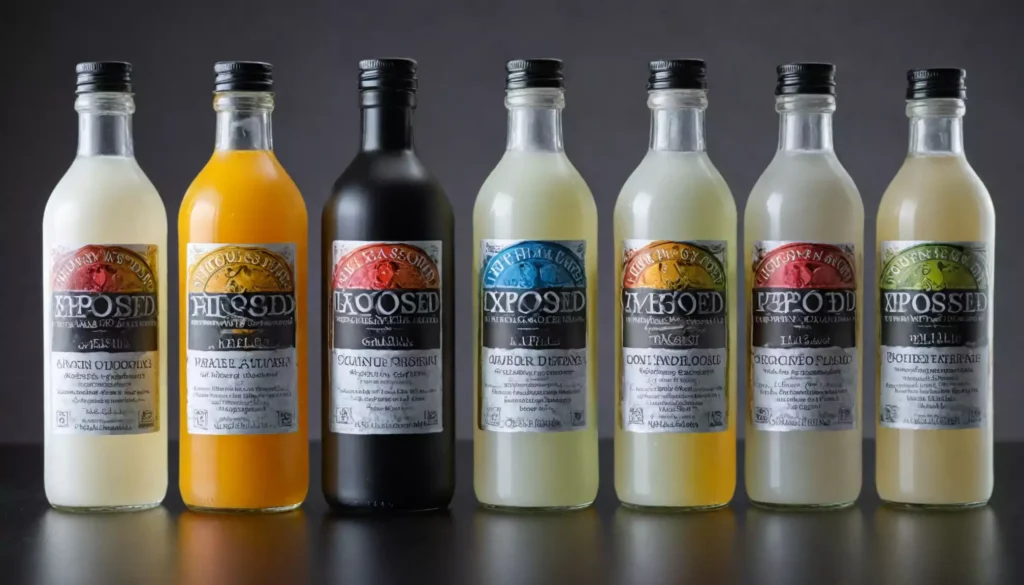Understanding Shrink Sleeve Labels
Shrink sleeve labels have become increasingly popular in packaging due to their versatility and 360-degree coverage on various product shapes. These labels are made from a polymer film that shrinks when heat is applied, conforming tightly to the shape of the container. This provides an attractive and seamless look that enhances brand visibility and protects the product.
When deciding on shrink sleeve labels, businesses often face the choice between custom and stock options. Each option has unique advantages depending on the brand’s needs, budget, and timeline. Understanding these differences can help you make an informed decision that aligns with your packaging goals.
The Advantages of Custom Shrink Sleeve Labels
Custom shrink sleeve labels offer unparalleled flexibility in design, allowing brands to create a truly unique look that sets them apart on the shelf. With custom labels, you can choose specific colors, sizes, and finishes that match your brand identity perfectly. This level of personalization ensures a cohesive packaging experience that speaks directly to your target audience.
Moreover, custom shrink sleeve labels can accommodate complex shapes and special coatings, such as matte or gloss finishes, which add to the premium feel of a product. They also allow for the integration of security features, QR codes, or unique barcodes tailored to specific marketing or tracking needs. While custom options generally require a higher initial investment and lead time, the boost in brand recognition and shelf impact often justifies the expense.
The Benefits of Stock Shrink Sleeve Labels
Stock shrink sleeve labels, on the other hand, provide a cost-effective and quick solution for businesses looking to optimize their packaging without the wait time associated with custom production. These pre-designed labels come in standard sizes and common designs that fit a wide range of containers. For startups or companies with tight budgets, stock shrink sleeve labels offer a practical entry point into shrink sleeve labeling.
Another benefit of stock labels is the reduced lead time. Since these labels are readily available, you can quickly replenish supply and avoid delays in your production cycle. They also lessen the complexity involved in label design, making them ideal for companies aiming to test the market before investing in custom branding.
Factors to Consider When Choosing Between Custom and Stock
Choosing between custom and stock shrink sleeve labels depends on various factors including budget, branding objectives, and production timelines. If your brand requires strong differentiation and premium appeal, investing in custom labels can elevate your product’s presence effectively. However, if your priority is cost savings and speed to market, stock labels provide a reliable alternative without sacrificing essential functionality.
Additionally, consider the product’s lifecycle and volume. For limited edition runs or short-term promotions, stock shrink sleeve labels might be more practical. For long-term products with steady demand, custom labels can build lasting brand equity. Evaluate your supply chain flexibility and customer expectations to make the choice that best supports your business goals.
Conclusion: Making the Right Choice for Your Brand
Both custom and stock shrink sleeve labels have distinct advantages that cater to different packaging strategies. Custom labels offer unique branding opportunities and premium finishes ideal for differentiation, while stock labels provide a budget-friendly and fast solution for businesses prioritizing efficiency and simplicity.
Ultimately, the decision hinges on your brand’s specific needs, budget constraints, and marketing goals. By carefully weighing these factors, you can select shrink sleeve labels that enhance your product’s appearance, protect your packaging, and resonate with your consumers effectively.
